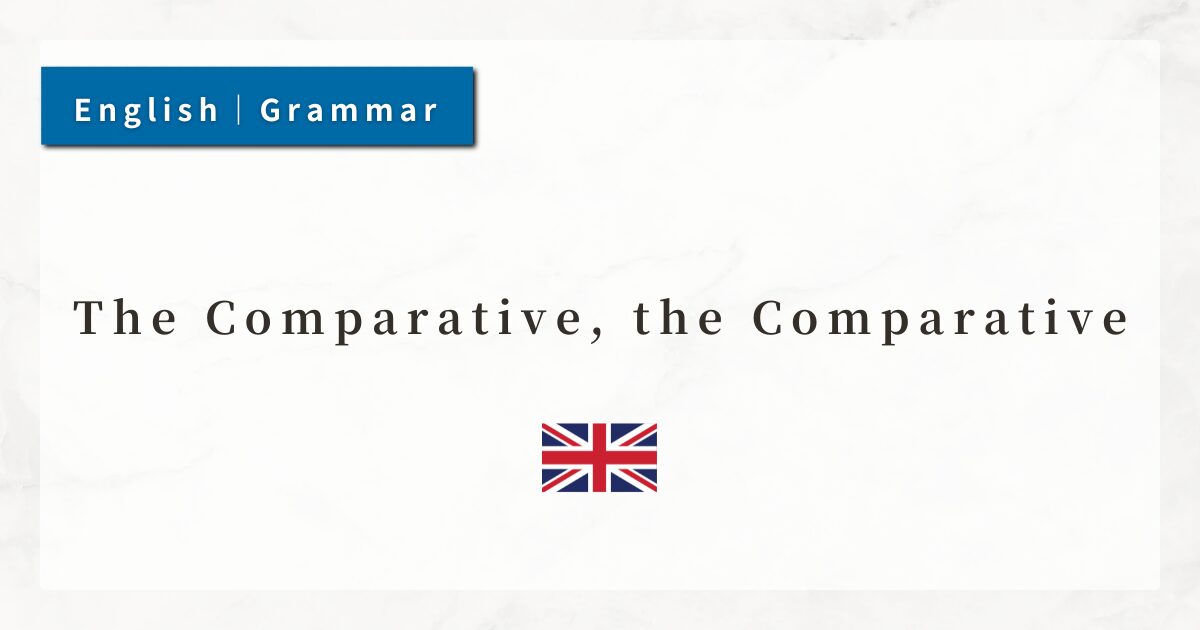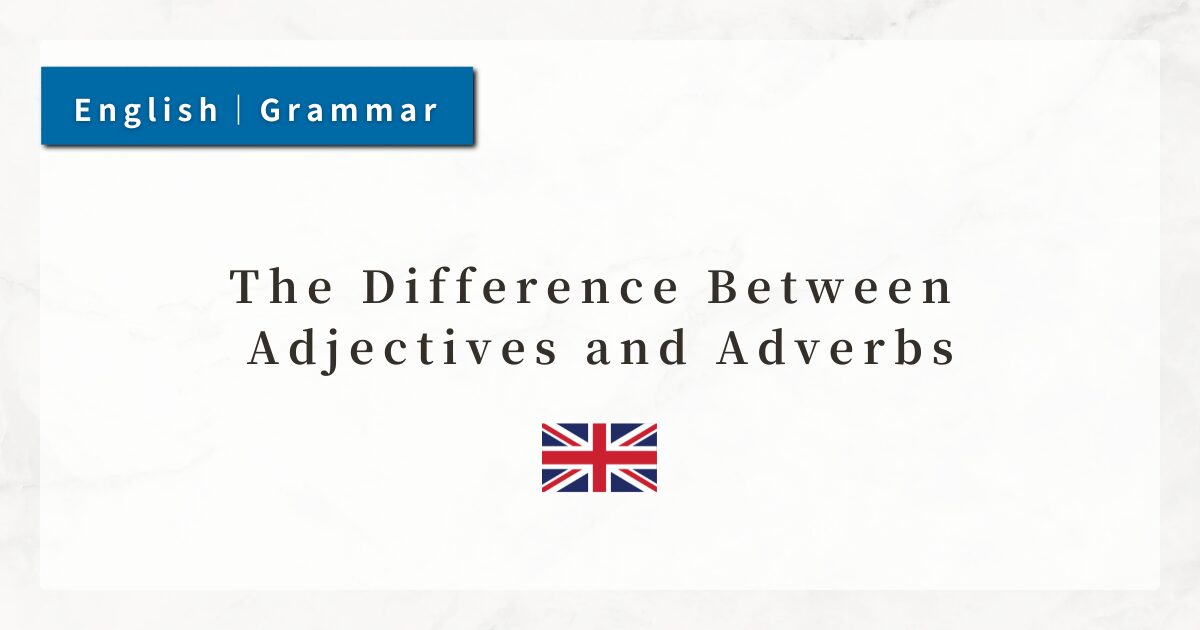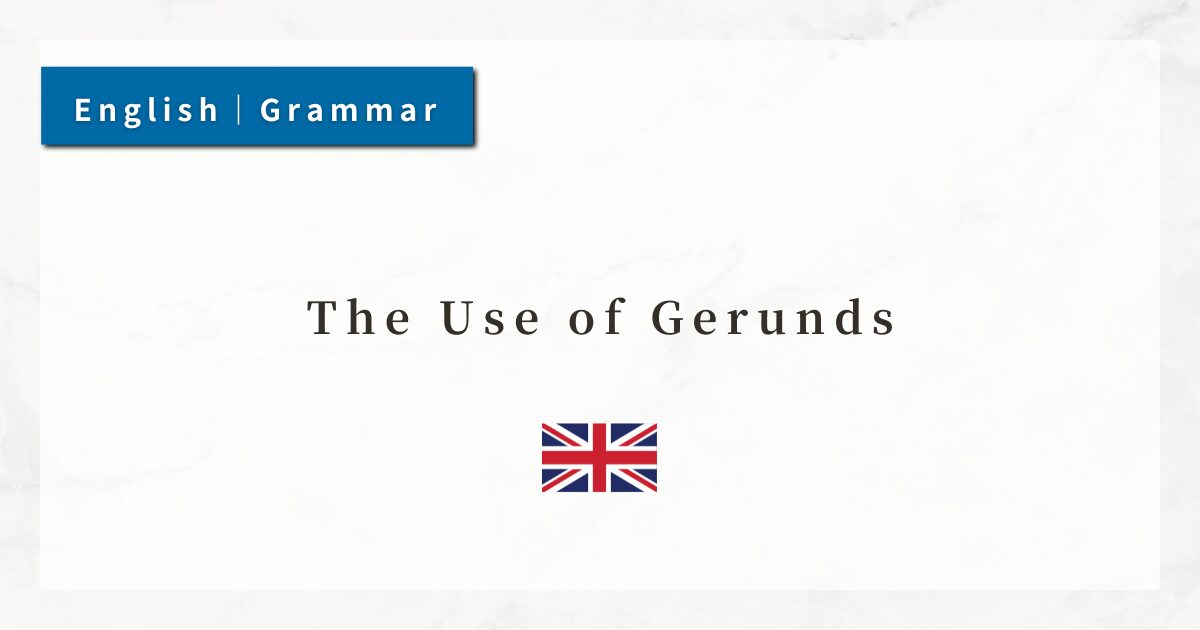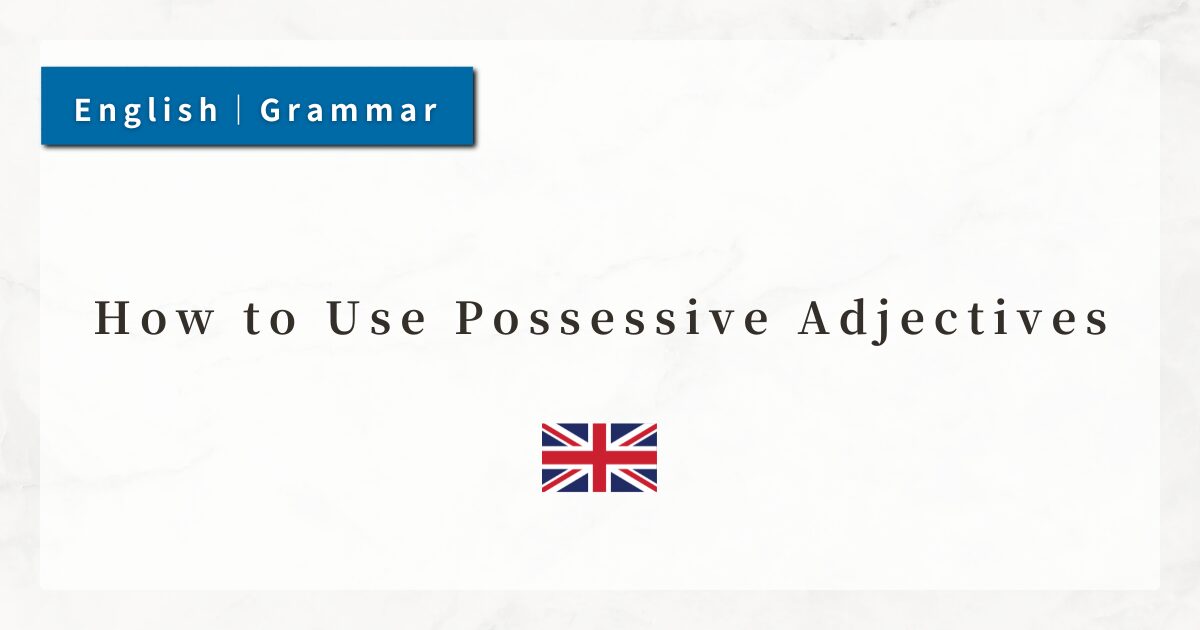#60 The Comparative, the Comparative|The Structure Expressing “The More …, the More …”

In English, when I want to express a causal or proportional relationship such as “the more …, the more …”, the construction “The Comparative, the Comparative” is very useful.
By using this structure, I can concisely convey the nuance that “as the condition increases, the result also increases.”
In this lesson, I will explain how to form and use the “The Comparative, the Comparative” construction with clear examples.
1. Basic Rules of “The Comparative, the Comparative”
This structure is used in the form: “The + comparative …, the + comparative …”.
The first clause expresses “the more/less something happens,” and the second clause shows the resulting effect.
- The more you study, the better your English becomes.
- The harder he works, the more successful he will be.
The key point is to place the comparative form after “the.”
Here, the does not function as the definite article. Instead, it serves as a marker emphasizing the comparative meaning, with the sense of “the more …, the more ….”
2. Common Patterns and Examples
2-1. The more + subject + verb, the more + subject + verb
This is the most common pattern. It expresses “the more …, the more ….”
- The more you practice, the more confident you feel.
- The more we know, the more we realize how little we know.
This clearly shows that the action or state in the first part influences the result in the second part.
2-2. The comparative adjective/adverb, the comparative adjective/adverb
Here, adjectives or adverbs are compared. After the comparative form, we usually place a clause (subject + verb), but when the comparison is obvious, the subject and verb can be omitted.
- The sooner you start, the easier it will be.
- The faster you run, the sooner you’ll get there.
- The more, the merrier.
3. Advanced Expressions
3-1. Using Emphasis
The comparative part can be emphasized with words such as much, far, a lot, or way.
- The much more you practice, the much better you become.
- The far harder you try, the far greater your results will be.
Adding emphasis makes the expression stronger and more persuasive.
3-2. The more …, the less … Expression
By combining the more with the less, I can express an inverse proportional relationship: “as one element increases, another decreases.”
- The more you eat, the less hungry you are.
- The more choices you have, the less satisfied you feel.
- The more information we get, the less we understand.
This pattern is especially useful for expressing more complex relationships between two factors.
4. Summary
- “The Comparative, the Comparative” expresses “the more …, the more ….” “The” here is not the definite article, but a special marker emphasizing the comparative.
- The first clause indicates the condition, and the second shows the result.
- “The more …, the more …” shows direct proportionality.
- Adding emphasis (much, far, way, etc.) strengthens the nuance.
- Using “the less” allows me to express inverse proportionality.




